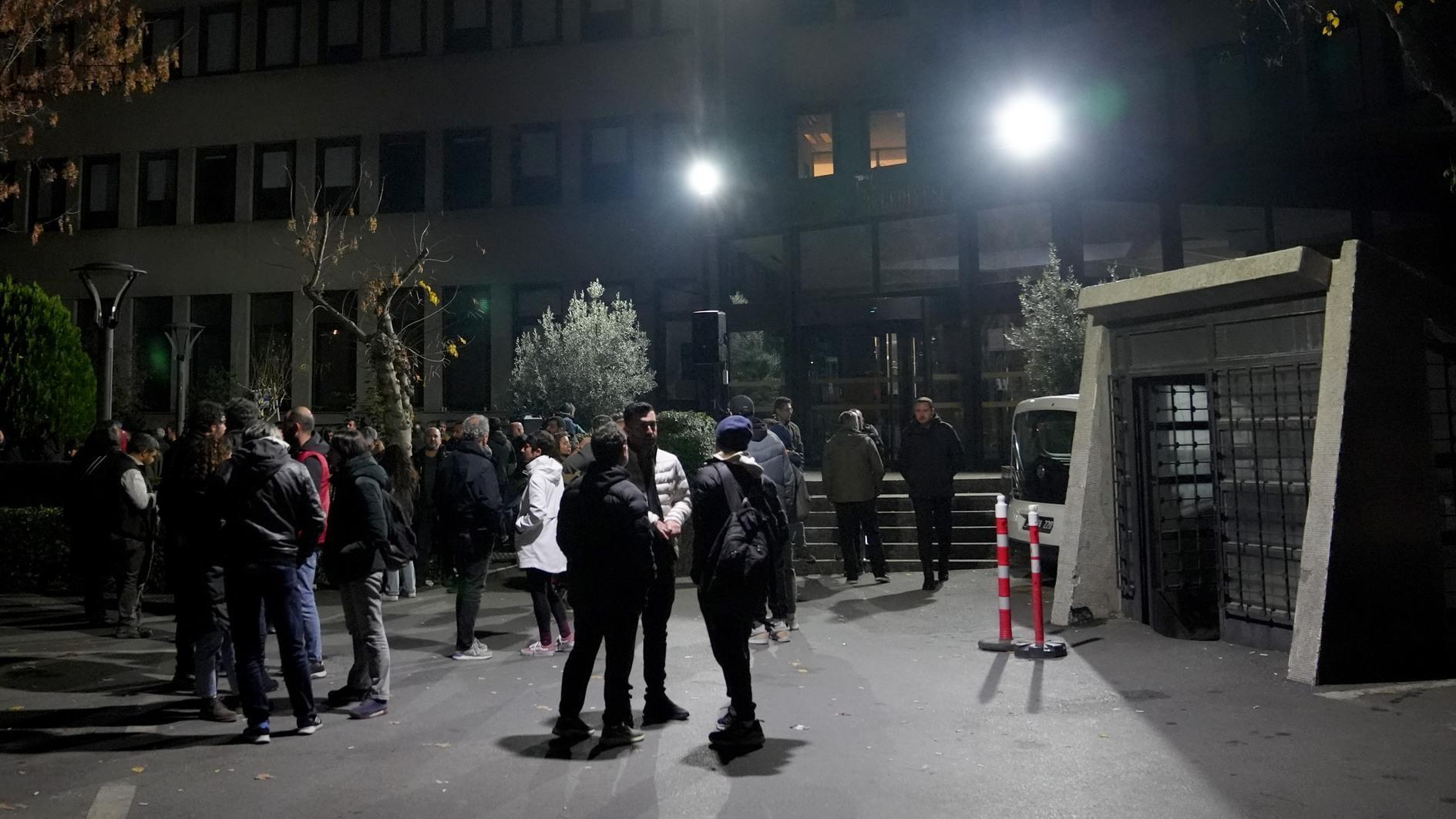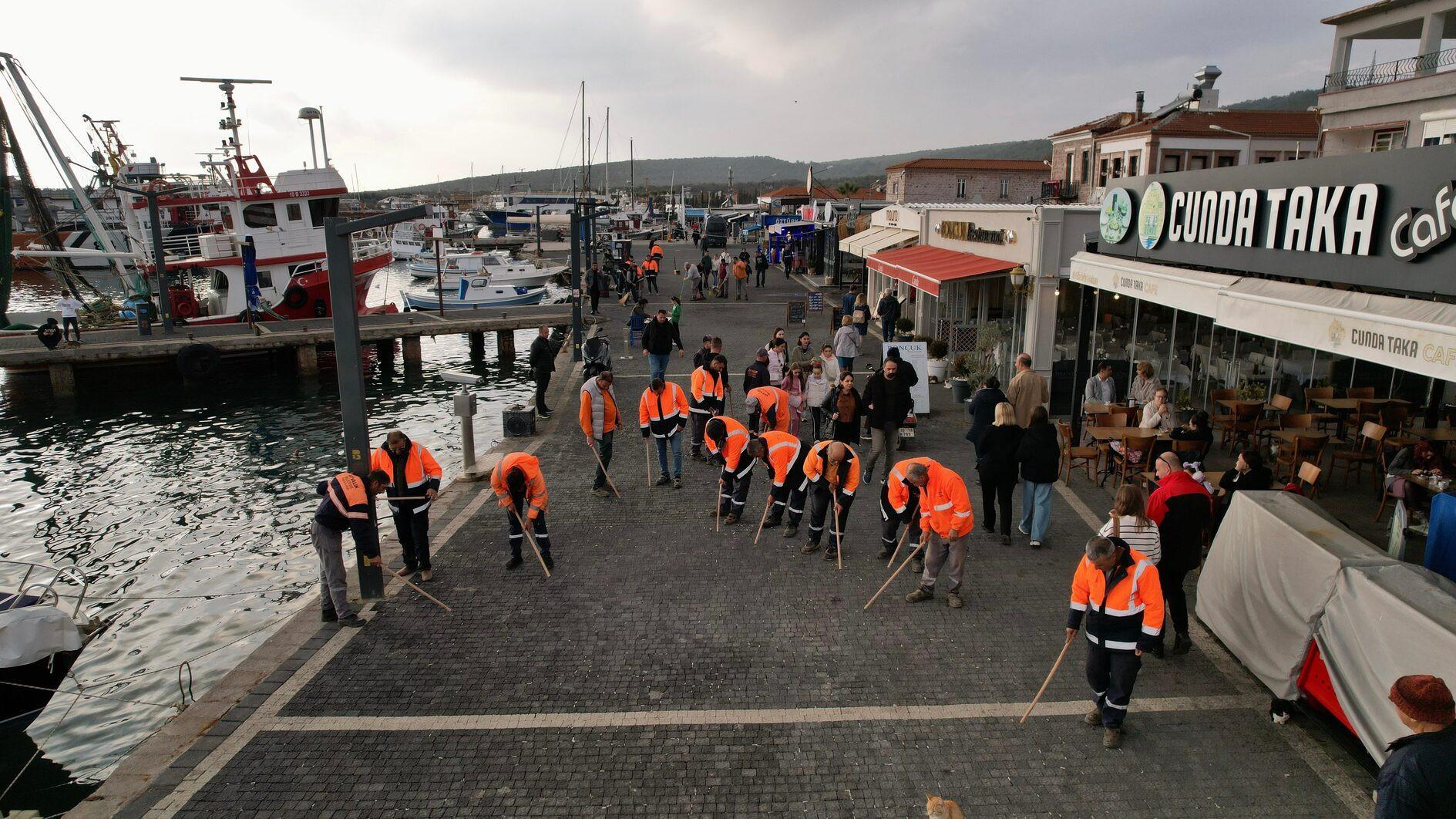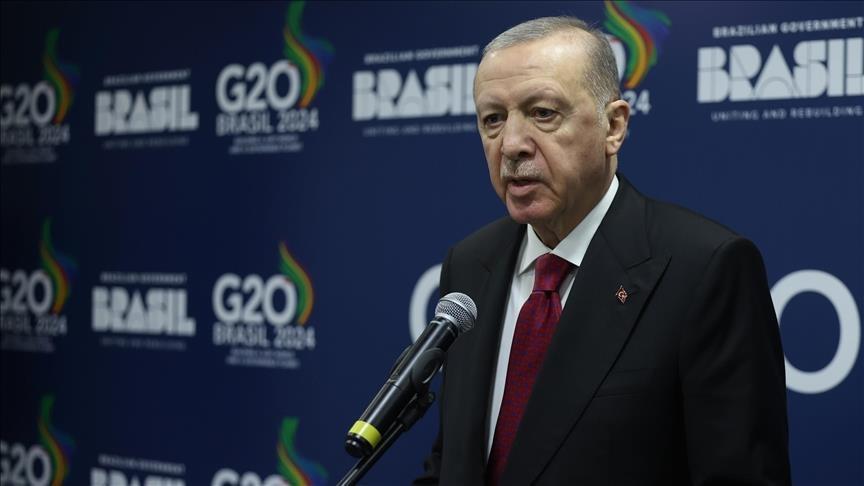Elephant poaching in Africa falls, ivory seizures up
GENEVA - AFP

Elephant poaching in Africa declined for a fifth straight year in 2016 but seizures of illegal ivory hit records highs, the CITES monitor said on Oct. 24, calling it a “conflicting phenomena.”
In its latest report, the Convention on International Trade in Endangered Species also noted that despite the overall fall in poaching, Africa’s elephant population has continued to drop “due to continued illegal killing, land transformation and rapid human expansion.”
Global illegal ivory trade has remained relatively stable for six years, CITES reported. But 2016 saw a full 40 tons of illegal ivory seized, the most since 1989, as well as the highest-ever number of “large-scale ivory seizures”, the group said. “The overall weight of seized ivory in illegal trade is now nearly three times greater than what was observed in 2007,” CITES added.
That could be a result of increasing vigilance among border guards and “scaled up enforcement”, said CITES secretary general John Scanlon. But Scanlon also speculated that the prospect of tougher enforcement along with the widening trend of countries moving to ban ivory may have had a ripple effect across the black market.
“International syndicates behind this poaching and smuggling may be involved in a panic sell-off as they realize that speculating on extinction was a bad bet, with the an ever-increasing risk of getting caught,” Scanlon said. Multiple studies from civil society groups have reported a 50 percent drop in ivory prices in recent years, according to CITES.
The International Union for Conservation of Nature (IUCN) has previously found that Africa’s elephant numbers fell by 111,000 between 2006 and 2015. But according to CITES, the population in southern Africa and much of East Africa is now either stable or increasing.
















